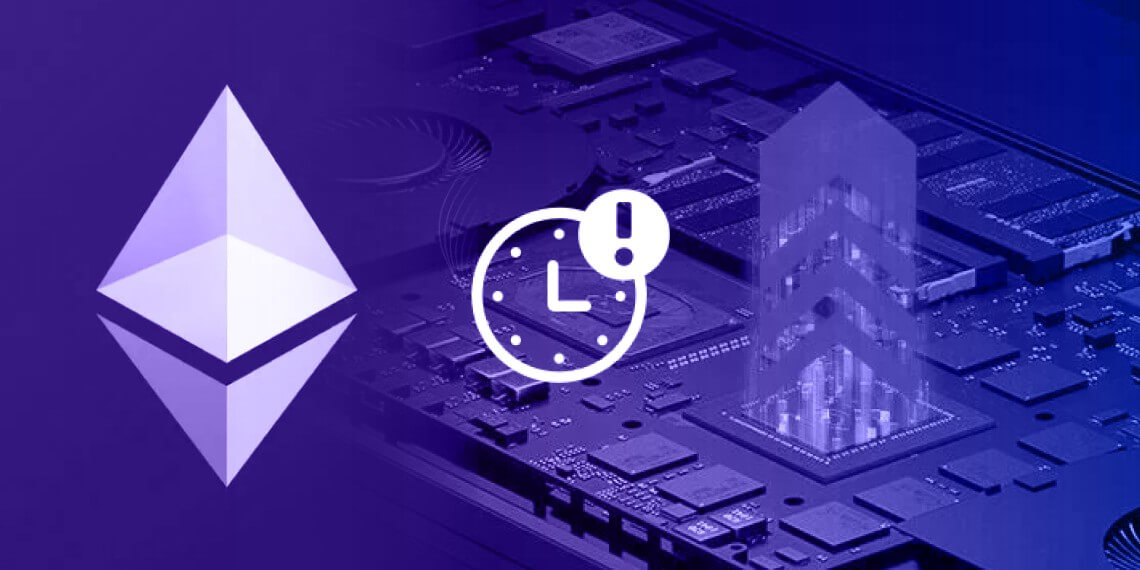Ethereum developers have announced the postponement of the much-anticipated Shanghai hard fork, initially slated for late March. At a meeting on March 2, core developers agreed to push back the deployment of this upgrade by approximately two weeks, targeting its launch within the first two weeks of April. This delay will allow for a dress rehearsal on the Goerli testnet, scheduled for March 14. Once this testing is completed, the hard fork will be ready to deploy onto the mainnet.
So looks like Goerli testnet is getting upgraded to Shapella
— terence.eth (@terencechain) March 2, 2023
Epoch: 162304
Time: 3/14/2023, 10:25:36 PM UTC
See ya on the other side!
Ethereum core developer and project coordinator Tim Beiko stated that should the Goerli testnet launch successfully on March 14, they would look to move forward with the mainnet within two weeks of the announcement. In a Twitter thread on March 2, Beiko noted that although a precise date is yet to be set for mainnet deployment, this will likely be agreed upon during the upcoming developers meeting on March 16—assuming everything goes well with Goerli.
We didn't agree to a mainnet date explicitly, but assuming things go well on Goerli, we'd probably set a date on the next ACDE (Mar 16).
— timbeiko.eth ☀️ (@TimBeiko) March 2, 2023
The Shanghai Capella (also known as Shapella) upgrade to Goerli is the last step before Ethereum clients and staking providers can ensure a successful launch of the Shanghai hard fork on its mainnet. This eagerly-awaited upgrade will enable phased withdrawal of Ethereum staked on the Beacon Chain, thereby maintaining network stability and security. Validators must go through a two-stage process for withdrawal, with an exit queue followed by a withdrawal period, meaning withdrawals will take place gradually over time. Therefore, it is crucial that the upgrade happens smoothly as it could have major implications for Ethereum stakers.
The Ethereum Beacon Chain has seen a surge in staked ETH, with 17.1 million ETH (valued at approximately $28 billion) currently locked on the chain. This represents over 14% of the total supply and marks an all-time high for staking activity on Ethereum. In addition, the launch of Ethereum’s consensus layer in December 2020 has encouraged many users to lock their ETH on the Beacon Chain; however, liquid staking platforms such as Lido offer more flexibility, and potentially better yields could result in further inflows of collateral after Shanghai.




